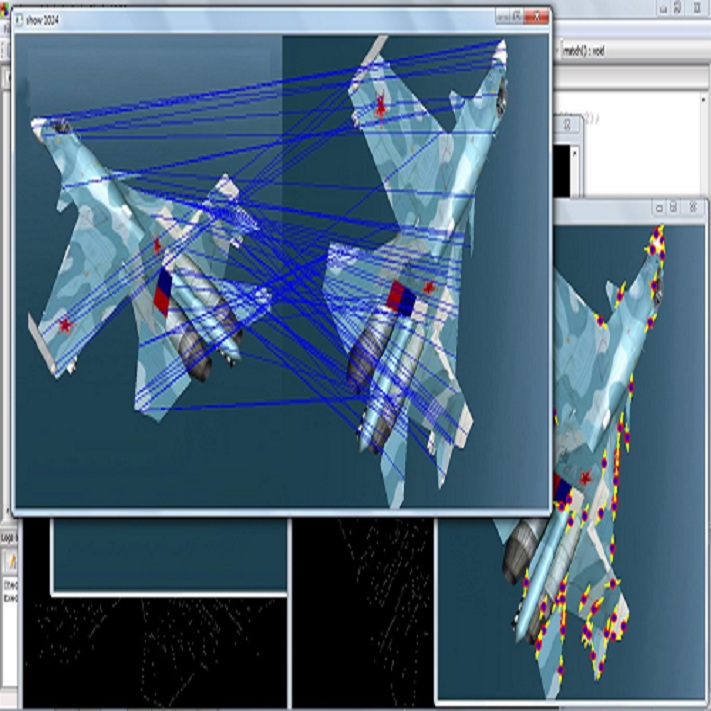Unsupervised image registration commonly adopts U-Net style networks to predict dense displacement fields in the full-resolution spatial domain. For high-resolution volumetric image data, this process is however resource intensive and time-consuming. To tackle this problem, we propose the Fourier-Net, replacing the expansive path in a U-Net style network with a parameter-free model-driven decoder. Specifically, instead of our Fourier-Net learning to output a full-resolution displacement field in the spatial domain, we learn its low-dimensional representation in a band-limited Fourier domain. This representation is then decoded by our devised model-driven decoder (consisting of a zero padding layer and an inverse discrete Fourier transform layer) to the dense, full-resolution displacement field in the spatial domain. These changes allow our unsupervised Fourier-Net to contain fewer parameters and computational operations, resulting in faster inference speeds. Fourier-Net is then evaluated on two public 3D brain datasets against various state-of-the-art approaches. For example, when compared to a recent transformer-based method, i.e., TransMorph, our Fourier-Net, only using 0.22$\%$ of its parameters and 6.66$\%$ of the mult-adds, achieves a 0.6\% higher Dice score and an 11.48$\times$ faster inference speed. Code is available at \url{https://github.com/xi-jia/Fourier-Net}.
翻译:未经监督的图像登记通常采用 U-Net 风格网络来预测完全分辨率空间域内的密集迁移场。 对于高分辨率的量体图像数据来说,这一过程是资源密集和耗时的过程。 要解决这个问题, 我们建议 Fourier-Net, 以无参数模型驱动的解码器取代U-Net 风格网络中的扩展路径。 具体地说, 我们的 Fourier- Net 学习在空间域内输出一个完全分辨率迁移场, 而不是我们的 Fleier- Net 学习, 而不是在带宽的 Fourier 域域内进行全分辨率迁移场的输出。 然后, 我们用我们设计的模型驱动的解码器解码器( 由零斜体层和反离离分的 Fourier 变异层组成) 解码到空间域内的密度稠密、 全分辨率迁移场。 这些变化让我们不那么高的Fourier- Net 的参数和计算操作更慢, 导致更迅速的速度。 Fourier-$ 将两个公共的3D 脑数据集用于不同的州- 。 例如, 与我们最近使用的变换的代码/ mex- AS 的代码 的系统, 和越越快的代码 的代码 的系统 的系统 的系统 的系统 的系统 将使用一个速度 ASy



